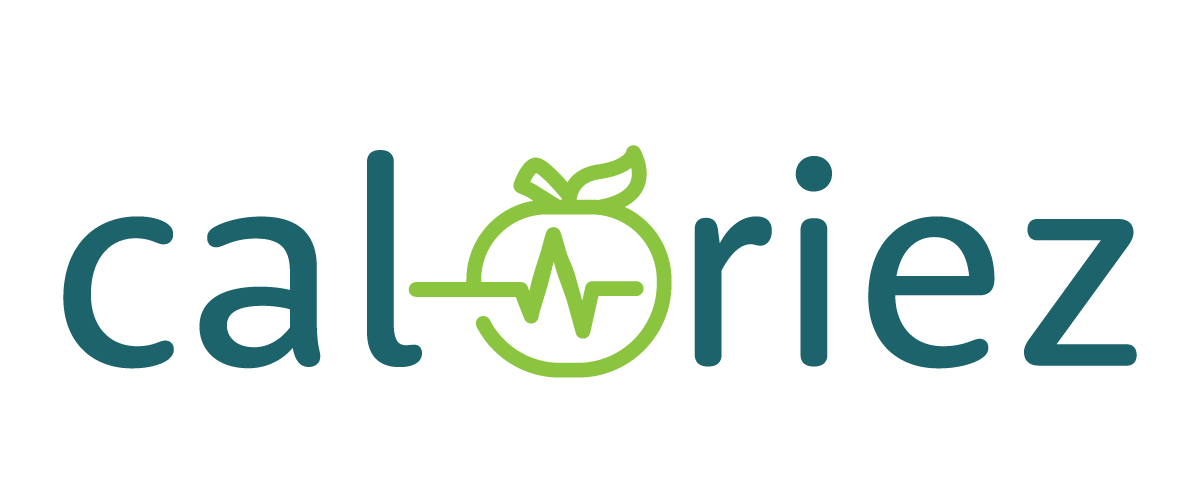So, you’ve learn Intuitive Consuming, you’ve listened to each episode of podcasts like Upkeep Section and Meals Psych, and also you’ve sworn off MyFitnessPal and low-carb diets for all times. You’ve seen eating regimen tradition for what it’s: A fatphobic, racist, elitist perception system that thrives off of maintaining us all trapped in a cycle of physique hate and disordered consuming patterns. That’s superior! Go you!
The factor is, you continue to dwell on this world, which implies you’re nonetheless surrounded by the identical dangerous messages you’ve come to detest. And should you’ve been working towards meals and physique freedom for lengthy sufficient, you’ve most likely realized that divesting utterly from eating regimen tradition isn’t as straightforward as nodding alongside together with your favourite podcasts and giving your self permission to eat no matter you need.
As a dietitian who makes a speciality of consuming issues, I work with a number of of us who wrestle to totally let go of restrictive meals guidelines and the will to regulate their physique dimension. And I additionally see so many sneaky ways in which eating regimen tradition can keep its grip—even when a consumer is attempting their hardest to choose out.
If you happen to’re nonetheless having a tough time making peace with meals and your physique, listed below are some issues that could be maintaining you caught, in line with dietitians.
1. You comply with social media accounts that set off you, whether or not they’re explicitly diet-y or not.
“Social media generally is a very sneaky manner for eating regimen tradition to proceed influencing your life,” Jessi Holden, RDN, a dietitian who takes a non-diet strategy to meals on her recipe weblog The Kitchen Innovation, tells SELF. “Fixed publicity to idealized physique photos, weight change tales, or good/dangerous language round meals, for instance, may result in or worsen physique dissatisfaction,” Holden says.
It’s not only a matter of unfollowing eating regimen gurus and image-obsessed health influencers (which you most likely did way back). It’s about ensuring you’re seeing a various vary of our bodies in your feed, and that the meals and vitamin content material creators you comply with—should you select to comply with any, which you don’t must, by the best way!—aren’t making you’re feeling like the best way you eat is in some way lower than. I’ve had loads of shoppers who’re deeply impacted by how fairly, colourful, and completely plated each meals image on Instagram seems to be, for instance, even when these photographs aren’t displaying meals which might be overtly diet-y.
The subsequent time you open a social media app, pay attention to how you’re feeling about your physique earlier than you begin scrolling, then test in with your self once more afterward. If you happen to discover that you just really feel worse, make it a degree to unapologetically unfollow any accounts that put you in a diet-culture mindset. And when you’re at it, attempt diversifying your feed by following creators in our bodies of all completely different sizes and styles.
2. You decide a meals by its packaging.
“Our meals and beverage business aligns its advertising and marketing technique with well timed fads, labeling meals and drinks as low calorie, fat-free, sugar-free, gluten-free, and extra,” Amy Goldsmith, RD, a dietitian and the founding father of Kindred Vitamin, an consuming dysfunction and sports activities vitamin apply in Frederick, Maryland, tells SELF. In consequence, It’s inconceivable to keep away from these phrases if you’re on the grocery retailer. Even should you’re not explicitly attempting to eat lower-fat meals or in the reduction of on sugar, as an illustration, it may be robust to shake the idea that gadgets with much less of sure vitamins (and extra of others) are inherently higher than their conventional counterparts.




